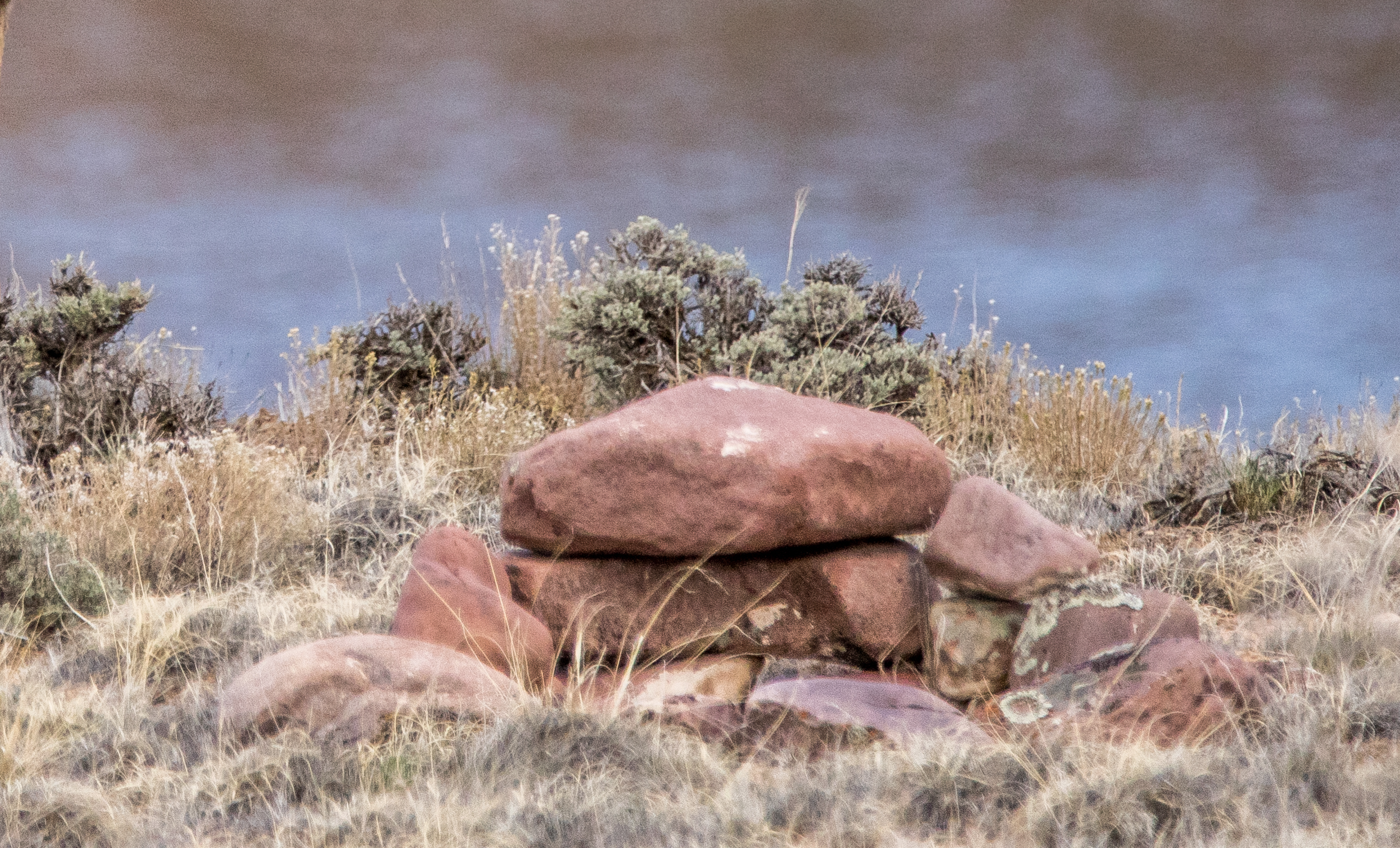Artemisia nova (Black sagebrush)
Small flat-topped shrub up to 2 ft. tall with dark green evergreen leaves, flowering May to October. Most common on shallow, dry, infertile and coarse soils; 4,000 to 9,000 ft. elevation. Slightly salt tolerant; intolerant of moist sites. Often indicative of a root-restricting carbonate layer within 2 ft. of the soil surface. More drought tolerant than most other sagebrush species. Forms open, solid stands with very little other vegetation from valley bottoms to mountain slopes. Also occurs with Shadscale (Atriplex confertifolia), Winterfat (Krascheninikovia lanata) or as a minor component in big sagebrush (A. tridentata), pinyon-juniper and mountain brush communities. Resembles and often grows with Low sagebrush (A. arbuscula). Intolerant of fire and disturbance. Preferred year-round forage for deer and antelope. Favored by sage-grouse.
DISTRIBUTION / ADAPTATION
INFORMATION & ATTRIBUTES
Family: Asteraceae
Duration: Perennial
Growth Habit: Shrub/subshrub
Native Status: Native
Growth Form: Multiple stem
Mature Height: 12 in.
Bloom Color:
Fruit/Seed Color: Brown
Bloom Period: Late Summer
Annual Precipitation: 6-20 in.
Drought Tolerance: High
Shade Tolerance: Intolerant
Elevation: 4,000-8,000 ft.
Fire Resistance: No
Fire Tolerance: Low
Nitrogen fixation: None
SOIL ADAPTATION
Coarse Texture: Yes
Medium Texture: Yes
Fine Texture: No
Salinity Tolerance: Medium
CaCO3 Tolerance: Medium
pH Range: 7.0-8.5
SEEDING NOTES
Seeds per Pound: 952,700
Seeding Rate: PLS lbs/acre
Season: Fall
Days to Germination:
VARIETIES & LOCAL ACCESSIONS
None


